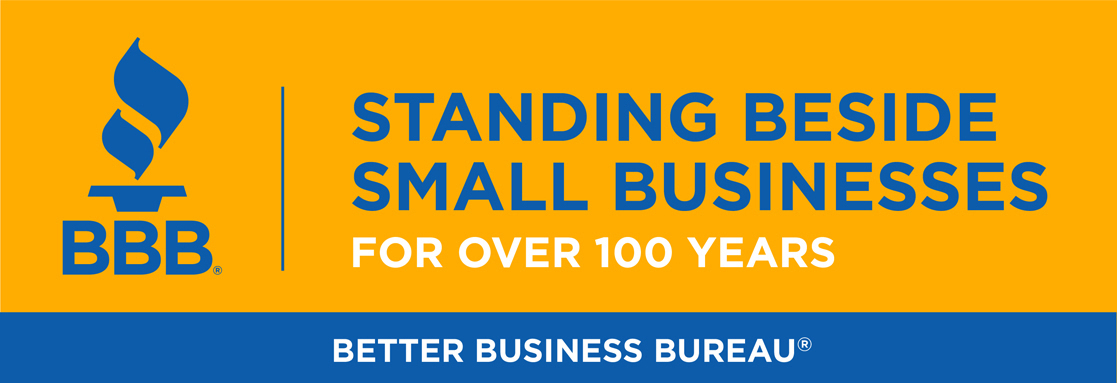Believe it or not, you can’t believe everything you read on Facebook. That’s particularly true when it comes to a new phishing scam that has recently popped up in various groups throughout the St. Louis region.
The ruse starts with a gut-wrenching post about an injured or lost pet or possibly a missing person placed on a local group page. You want to help, so you share the post on your own profile, hoping that maybe by getting the word out that you’ll help those in need.
Instead of being helpful, you’ve unknowingly aided the scammer to set more bait inside your group of friends. After you share the post, the scammer changes the original post to a deceptive rental ad or possibly a link sending those who choose to follow it to a survey that “guarantees” a cash prize. Because your friends think that you have recommended the content, they believe it to be true. Those who follow the instructions of the updated post open themselves up to the prospect of losing personal identifying information or some of their hard-earned money.
These “bait-and-switch” schemes can take on several variations, but the common thread is that the original post is used to emotionally manipulate the reader and creates a sense of urgency that compels people to share the message.
A recent example of one of these schemes popped up in a Facebook group in the Quincy, Illinois, area. The original post claimed help was needed to find an elderly man. Several hours later, it was switched to an offer to receive free money through a new app.
The Better Business Bureau (BBB) offers these tips to avoid being scammed by a “bait-and-switch” Facebook post:
• Research before you reshare. Read the information carefully and look at the profile of the person who created the original post. If the profile is new and is located far from your locale, it may be a red flag for a “bait-and-switch” scam.
• You should see it in the news. If someone is missing, you will most likely see it on the local news or shared by local law enforcement.
• Do a reverse image search. Doing this would allow you to find out if the pictures used in the post were used on other websites.
• Find similar posts. Copy and paste the text from the post into Facebook’s search tool to see if others post with the same text and different pictures show up.
If you have been targeted in a scam, help others by filing a scam report to BBB’s Scam Tracker.




Facebook Comments